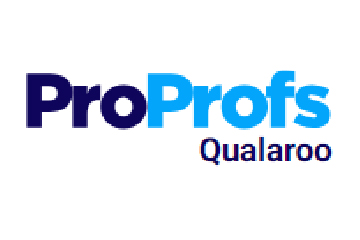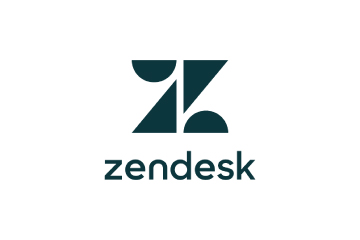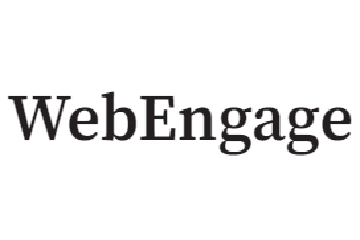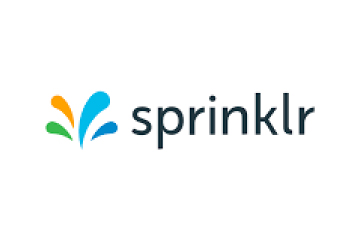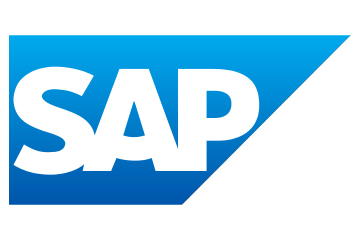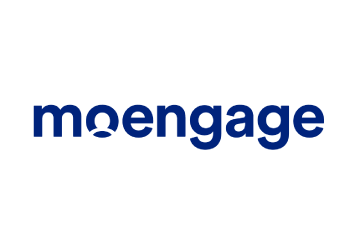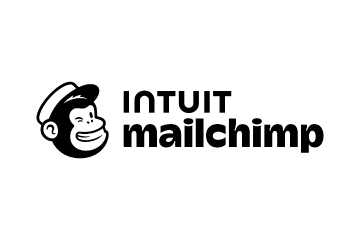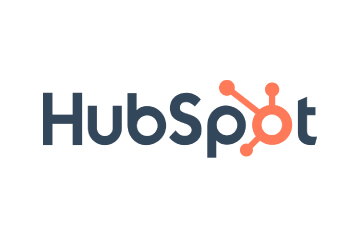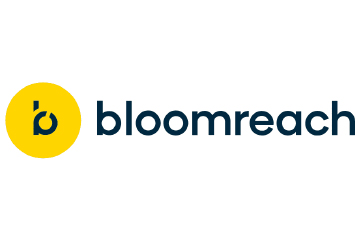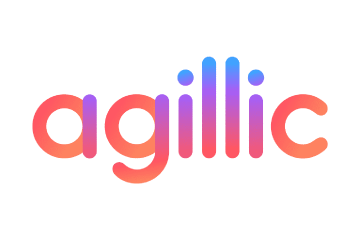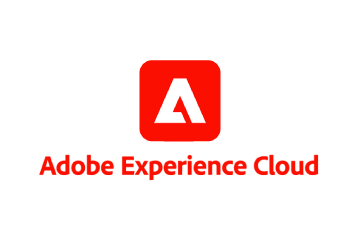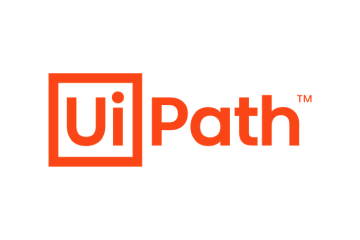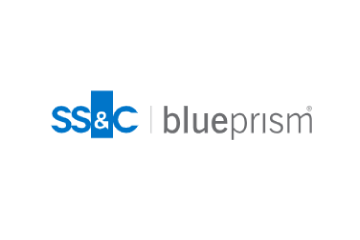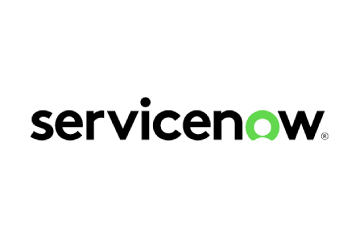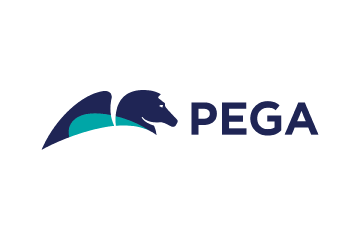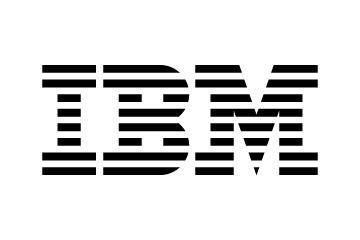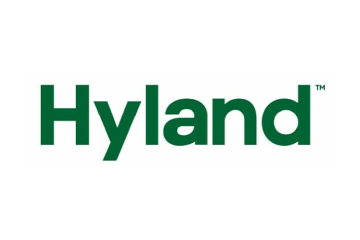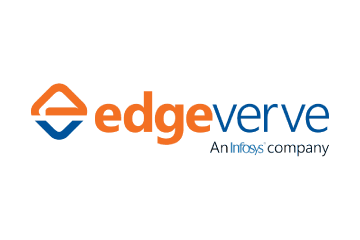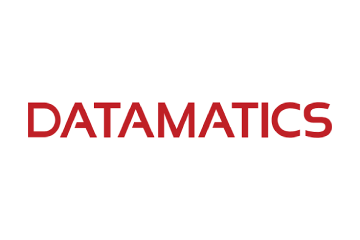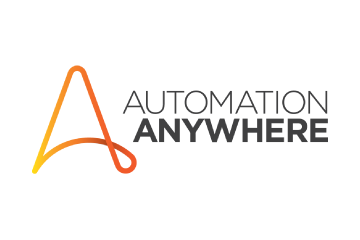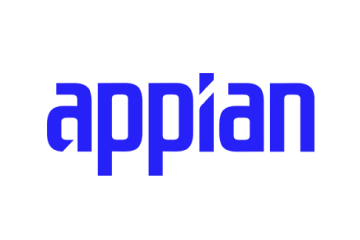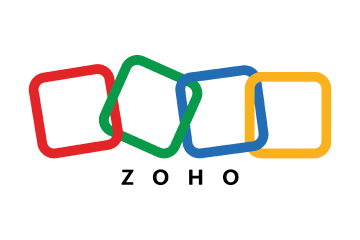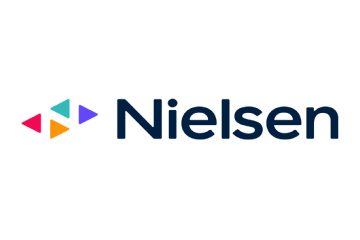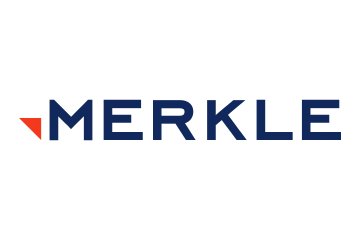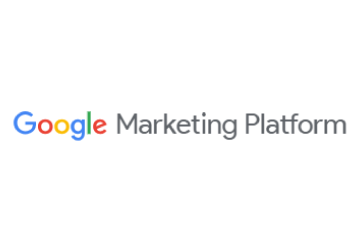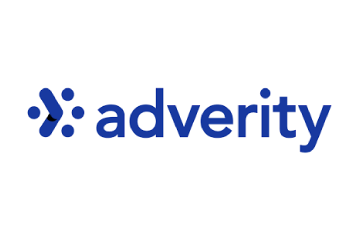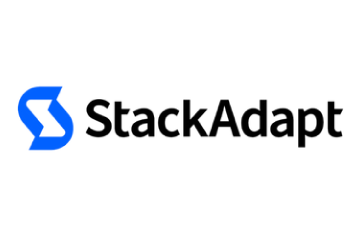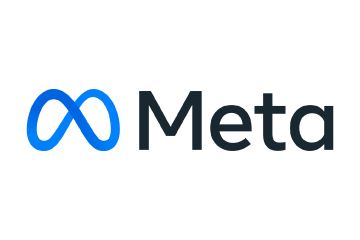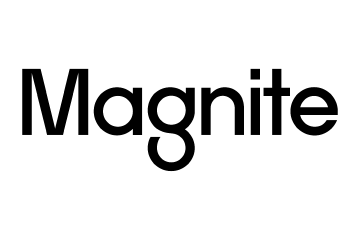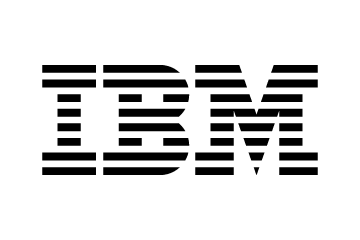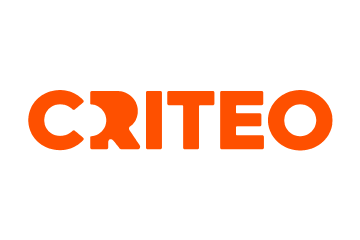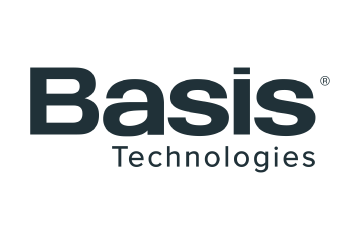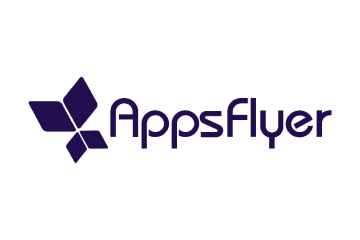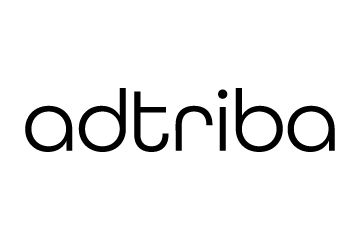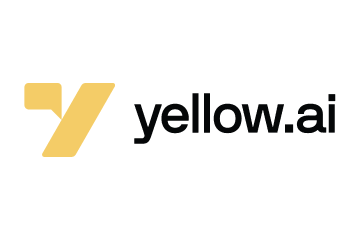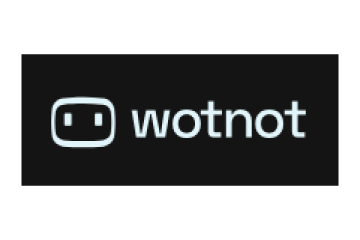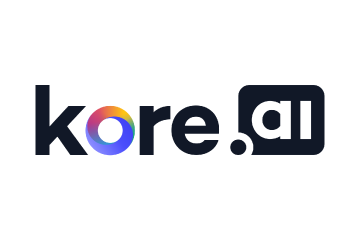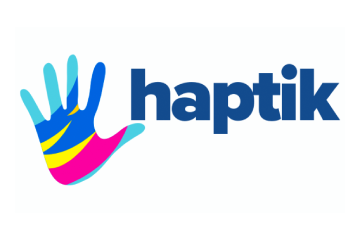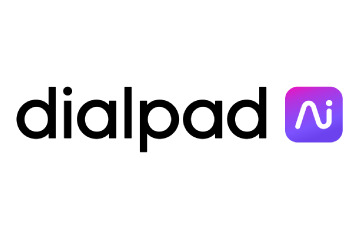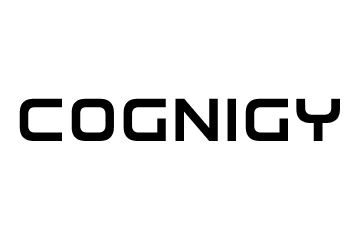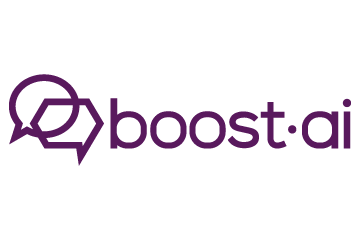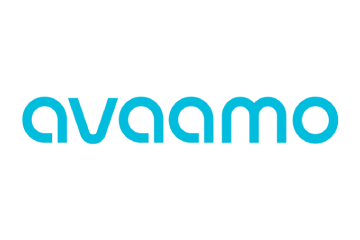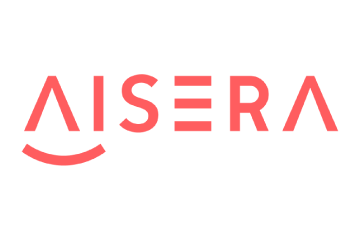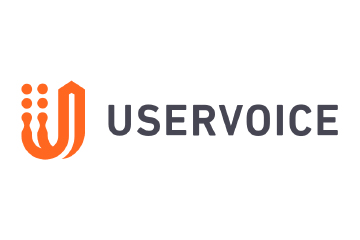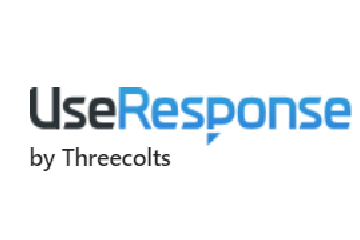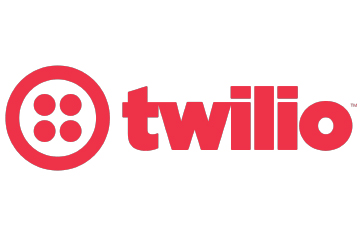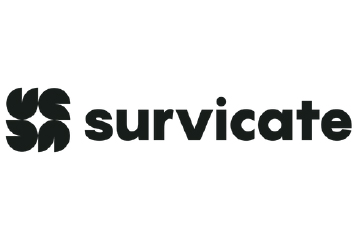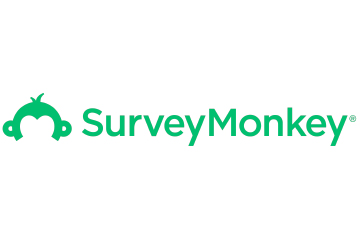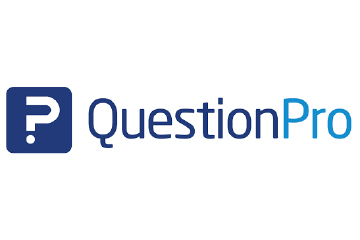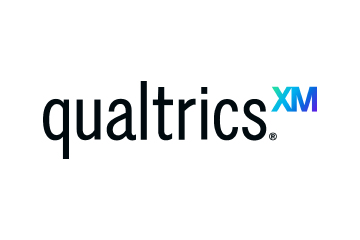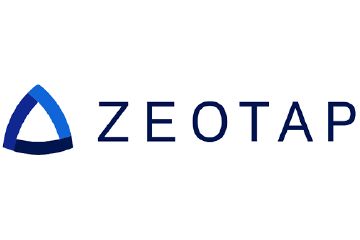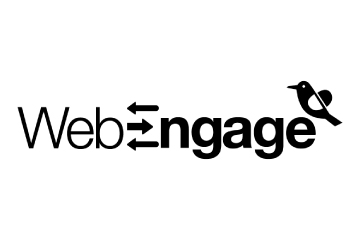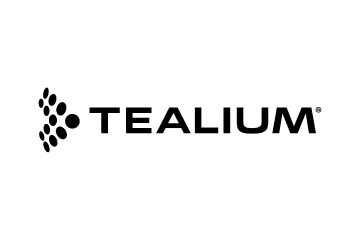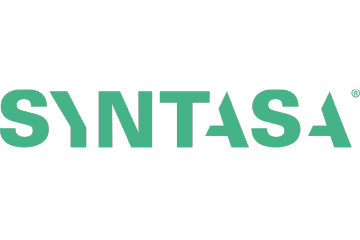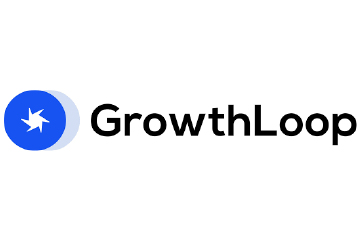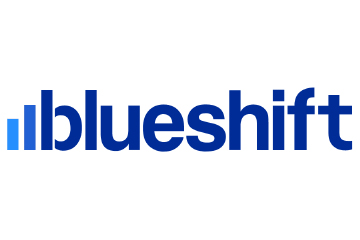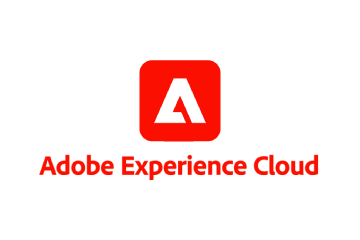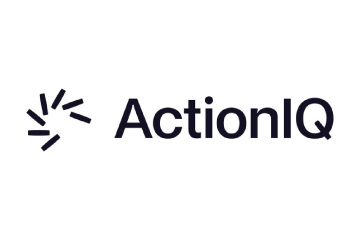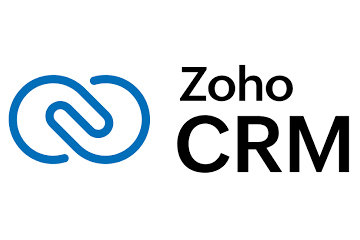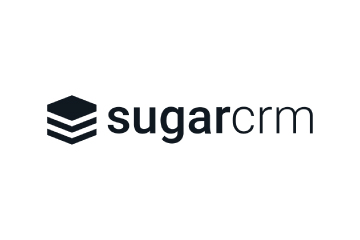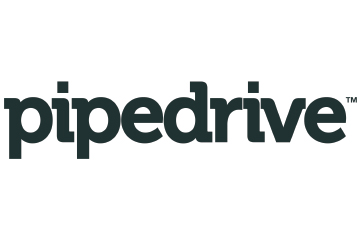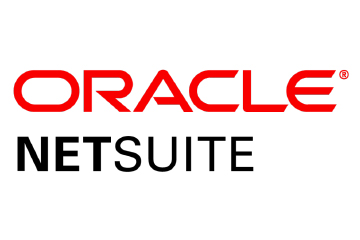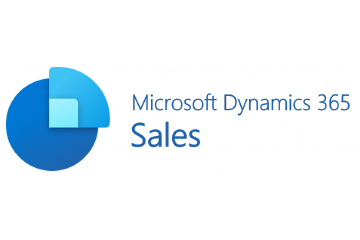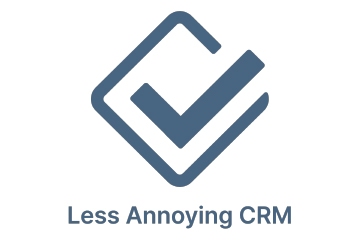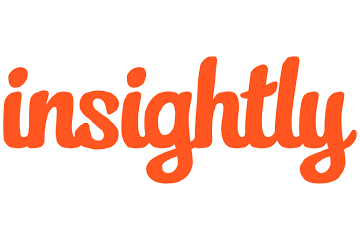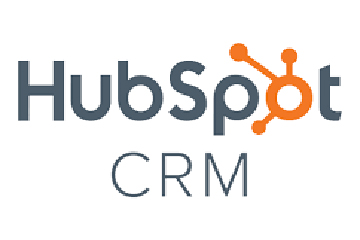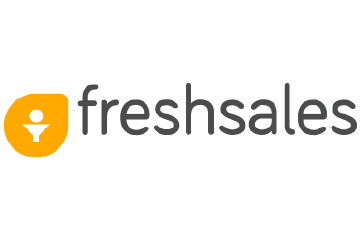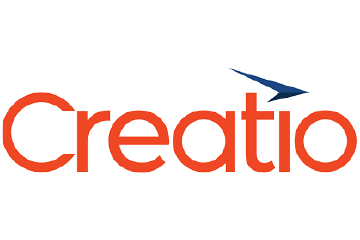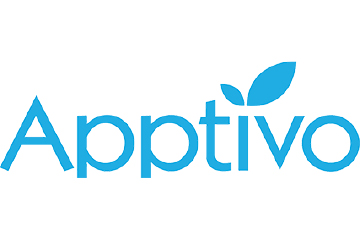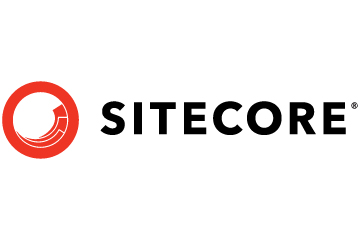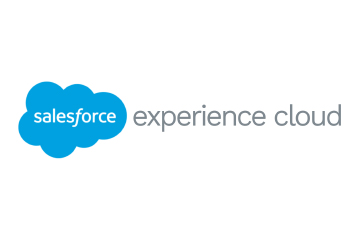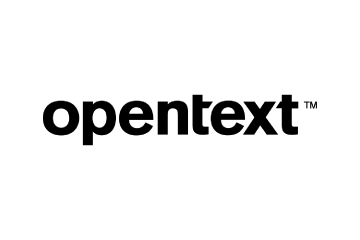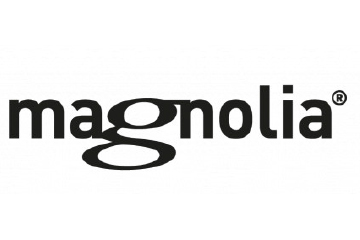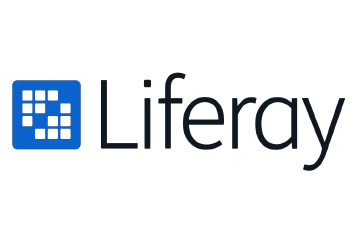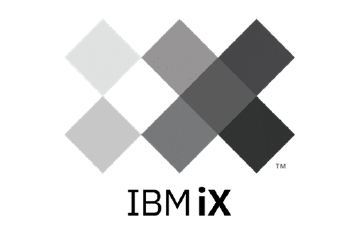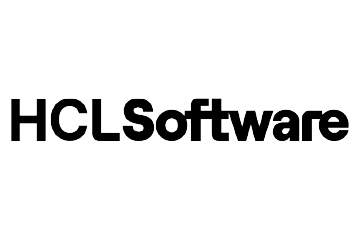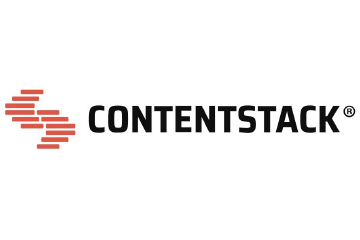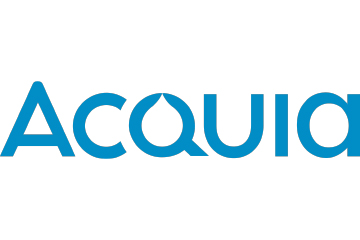Maximising Ad Spend and Yield Through Innovation for Advertisers
Fragmented solutions have led to inefficiencies, wasted ad spend and reduced yield. A proactive, first-party data strategy with solutions focused on curation, collaboration, and generative AI (GenAI) is now essential.
Topics

Privacy regulations and widespread cookie-blocking mean third-party cookies no longer exist for 70% of online consumers. When Google rolls out new opt-out options for third-party cookies, audience targeting will become even more challenging. Various solutions have emerged in response to the cookie-less targeting challenge, leading to a dynamic yet fragmented marketplace. However, this fragmentation has introduced inefficiencies that result in wasted ad spend and suboptimal yield for publishers.
Publishers and advertisers must shift from third-party cookie workarounds and isolated solutions to a proactive and collaborative first-party data-driven strategy to navigate this complexity. Optimising yield and getting the most from ad spend requires more than one solution. Instead, integrated approaches that champion publisher signals and publisher-driven curation, foster data collaboration, and leverage built-in generative AI (GenAI) insights are crucial.
The Rise of Publisher-Driven Curation
Curation has emerged as a key trend, enabling publishers to monetise first-party audiences in the open marketplace while providing advertisers access to privacy-forward, scaled, premium audiences they want and need to reach. With open marketplace revenue declining due to third-party cookie deprecation and evolving privacy regulations, advertisers and agencies need solutions to avoid bidding on an ever-shrinking portion of inventory, as they currently cannot reach 70% of consumers.
In this shifting programmatic landscape, curation presents both an opportunity and a challenge for publishers. Unlike the OMP, where publishers have limited control over how their first-party inventory is valued or utilised, curation empowers them to influence the value of their inventory directly.
By placing privacy-forward, first-party signals at the core of programmatic transactions, publishers can showcase the richness of their data, driving increased demand and higher revenue. Marketers can access publisher first-party data to reach desirable audiences.
By focusing strategies on privacy-forward, first-party signals, publishers can drive increased demand and achieve higher yield through all pathways, direct, Premium Programmatic (PMP and PG), and standard, non-endemic taxonomies (curation). Marketers can then access publisher first-party signals anywhere they want to buy to reach desirable audiences.
However, publishers must ensure that their partners and chosen solutions enable them to maintain ownership, transparency, and control throughout the curation process. Advertisers, too, must conduct due diligence and demand transparency in the audiences they purchase and how those audiences are packaged for programmatic buying.
GenAI to Optimise Advertiser KPIs and Publisher Revenue
As online advertising evolves, AI-powered insights are becoming essential for publishers looking to maximise revenue and for advertisers seeking audience segments that improve the performance of campaigns.
Integrating Generative AI (GenAI) into tech platforms transforms how publishers optimise strategies, reducing processes that once took months to mere seconds. While AI is critical in data analysis and decision-making, connecting outputs through human oversight and privacy control remains central to ensure strategic alignment with business goals.
Using AI-driven recommendations for RFPs or live campaign targeting should not be rigid mandates but flexible suggestions that publishers can refine within their audience management platform based on unique objectives and deep audience insights. This model allows AI to enhance, rather than replace, human expertise, ensuring publishers maintain control over their strategies while optimising based on advertiser or agency requirements.
This approach is crucial for adapting to real-time market shifts and evolving advertiser demands, helping publishers stay competitive in a fast-paced environment. With AI-powered insights, publishers can deliver more relevant and personalised experiences, driving greater audience engagement and retention. Publishers also benefit from automating advanced analyses that would otherwise be highly resource-intensive. This enables publishers to focus more on strategic work while gaining access to more valuable data throughout the campaign cycle.
By leveraging more real-time, actionable data, advertisers can achieve better outcomes, fostering stronger partnerships and access to the first-party data that improves performance. Combining AI’s predictive capabilities with the speed and efficiency of advanced technologies allows publishers and advertisers to thrive in the ever-evolving digital advertising landscape.
Reimagining Advertising
The future of programmatic advertising lies in curation and collaboration between publishers and advertisers, reimagining the often complex pathways between buyers and sellers. Advertisers and publishers must embrace curation, working with partners to refine strategies to stay in control of data, increase transparency, and stay competitive. And seek out data collaboration to unlock deeper and AI-driven insights to drive shared success, all while prioritising user experience and privacy to build long-term trust.






